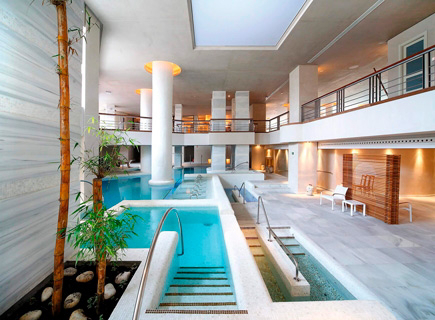Discover how regenerative tourism uses travel as a force for good
Being sustainable is no longer enough. Discover how regenerative travel tackles climate action all while providing a relaxing and restful holiday
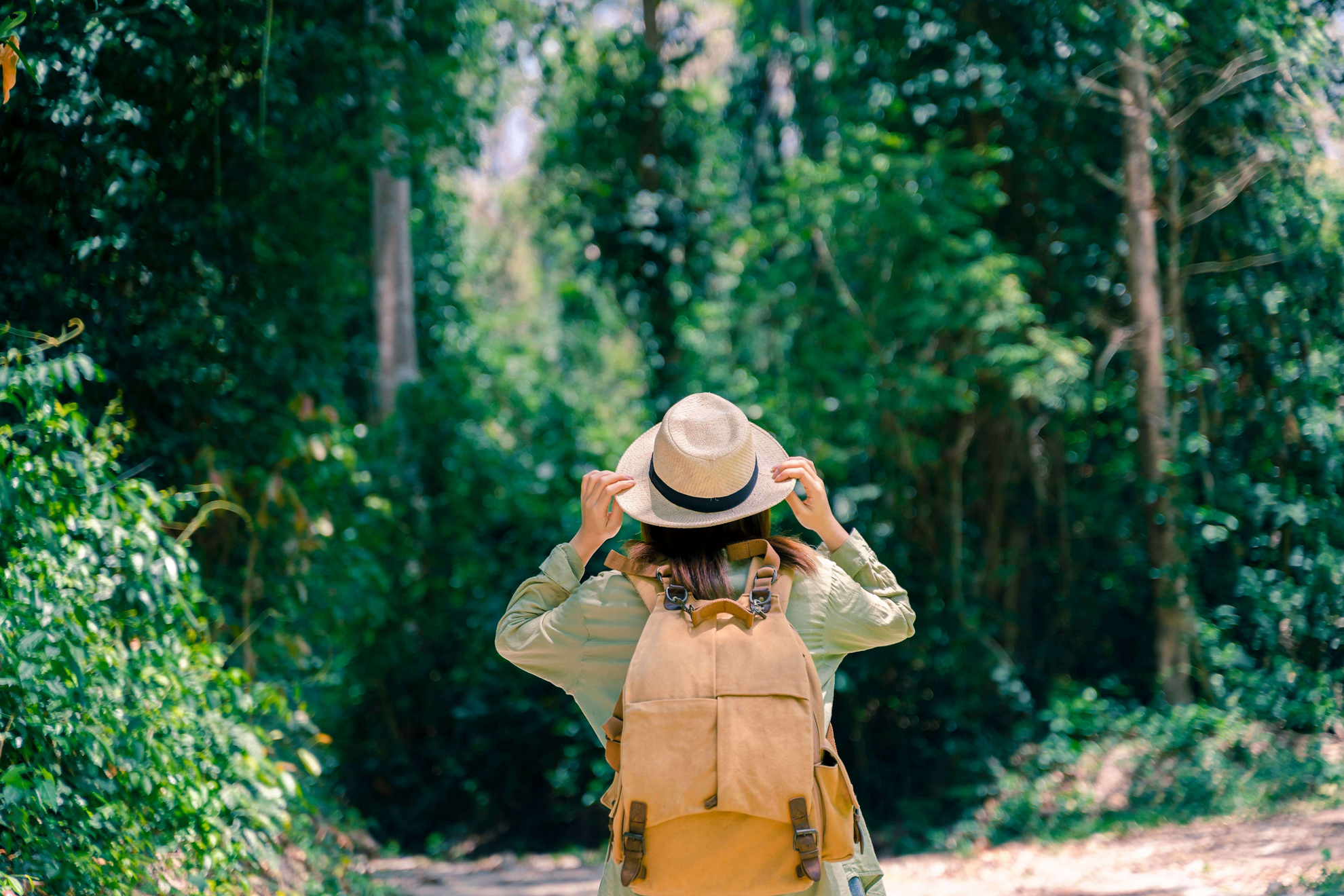
For a long time, slow travel has been the buzzword on everybody’s lips. Yet, as the demand for holidays rises, sustainable tourism has to evolve at an even greater rate in order to protect the planet. This is where regenerative tourism comes into play. It may seem like a new concept, yet, over the last decades, travel industry insiders have been working on providing the best regenerative travel options. Discover this exciting concept and get ready to enjoy a greener way to see the world.
What is regenerative tourism?
Imagine a style of travel that rejuvenates not only your spirit but also the destinations you visit. Regenerative tourism embodies this vision, going beyond the traditional notions of sustainability. There are three main pillars that maintain this concept: restoring environments, enriching local communities and boosting the physical and mental wellness of guests through authentic experiences. Essentially, it is where magic meets sustainability.
For the past 90 years, the Barceló Hotel Group has committed to making regenerative practices a cornerstone of their business, offering travellers the chance to engage with the environment and cultures in ways that give back to the local economy. Today, their Barceló REGEN project aims to diminish the negative impacts of tourism, positioning them as global leaders in regenerative tourism.
What is the difference between regenerative tourism and sustainable tourism?
Both sustainable tourism and regenerative tourism fall under the umbrella of responsible tourism yet their particular nuances make them two separate topics altogether. Sustainable travel focuses on leaving the destination as it is found and maintaining it in the same way for future generations to enjoy.
On the other hand, regenerative hospitality aims to leave the destination even better than it was found
On the other hand, regenerative hospitality aims to leave the destination even better than it was found by enriching the local community and uniting travellers with local customs and traditions. With many top destinations at full capacity year upon year, it is time to stop sustaining them and start regenerating them.
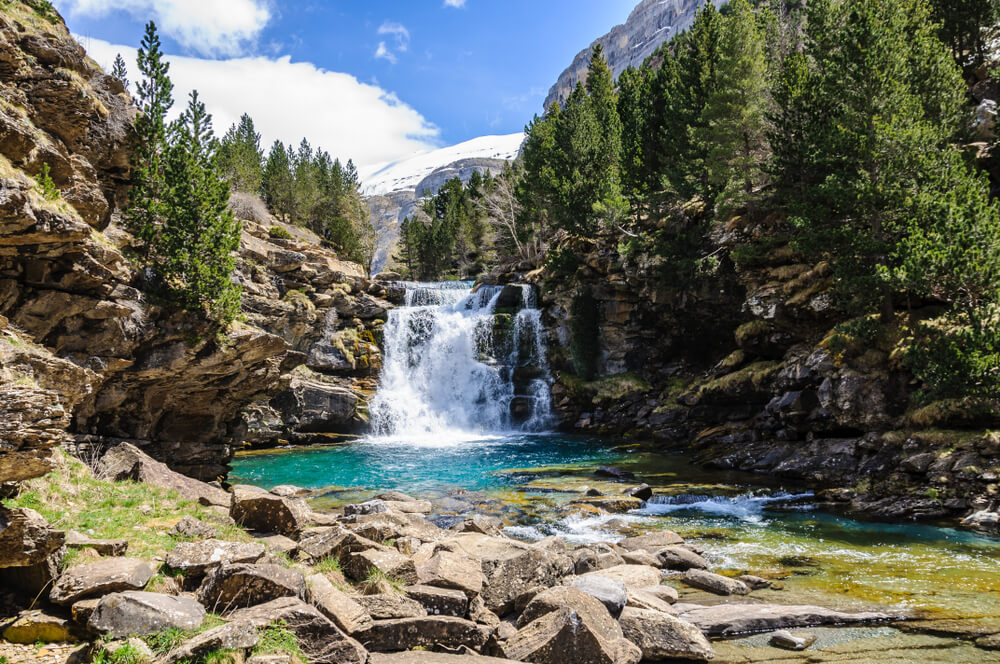
Natural settings such as the Aragon Valley are at risk of the dangers of mass-tourism
Discover the destinations that promise to wow as well as minimise the effects of tourism
While the travel industry is experiencing a paradigm shift, there are a few destinations that stand out for their regenerative tourism examples. Instead of just minimising the negative aspects of tourism, these sought-after places work on boosting the benefits that tourism brings to their local communities.
According to Barceló Hotel Group, there are three key factors for creating regenerative tourism destinations. The first is a term coined as “Glocal” which focuses on sustainable investment in local communities that causes a global impact. The second ensures a fair and ethical working environment for all the people working in the hotel. Lastly, caring for the planet and the people in it by incorporating eco-friendly wellness experiences for guests is the final pillar of regenerative tourism. With this in mind, be inspired by our top picks for a green vacation.
1. See the positive environmental impacts of tourism first-hand in Andalusia
Venture to the luscious natural surroundings of the Sierra de Loja nestled away in the heart of Andalusia. The La Bobadilla, a Royal Hideaway Hotel is surrounded by 350 hectares of stunning oak, almond and olive trees and is a prime example of Spanish eco-charm. Guests wake up to the sound of birds chirping in the trees and the authentic Nasrid Palace along with the pristine grounds and charming courtyards invite guests to mellow into the slow pace of local life. Instead of being a stop-off point, it is a beautiful bolthole where visitors can spend time enjoying nature, eating quality local food, reading and walking around the grounds with their loved ones.
What’s more, thanks to the ingenious addition of a biomass plant that replaces propane gas fuel with fuel from the olive pits collected from the hotel’s trees, the hotel has reduced its carbon emissions by 80%. Not only that, its energy consumption has also dropped by 45%. Facilities such as the hotel’s spa rely on this biomass plant to heat the water and the experience is made even greener with the incorporation of eco-friendly and chemical-free cleaning products and eco-certified, 100% natural beauty products for the treatments. Of course, no holiday is complete without a refreshing swim and the hotel pool is fitted with its own filter system to help reduce the use of water - perfect for beating the Andalusia sunshine.
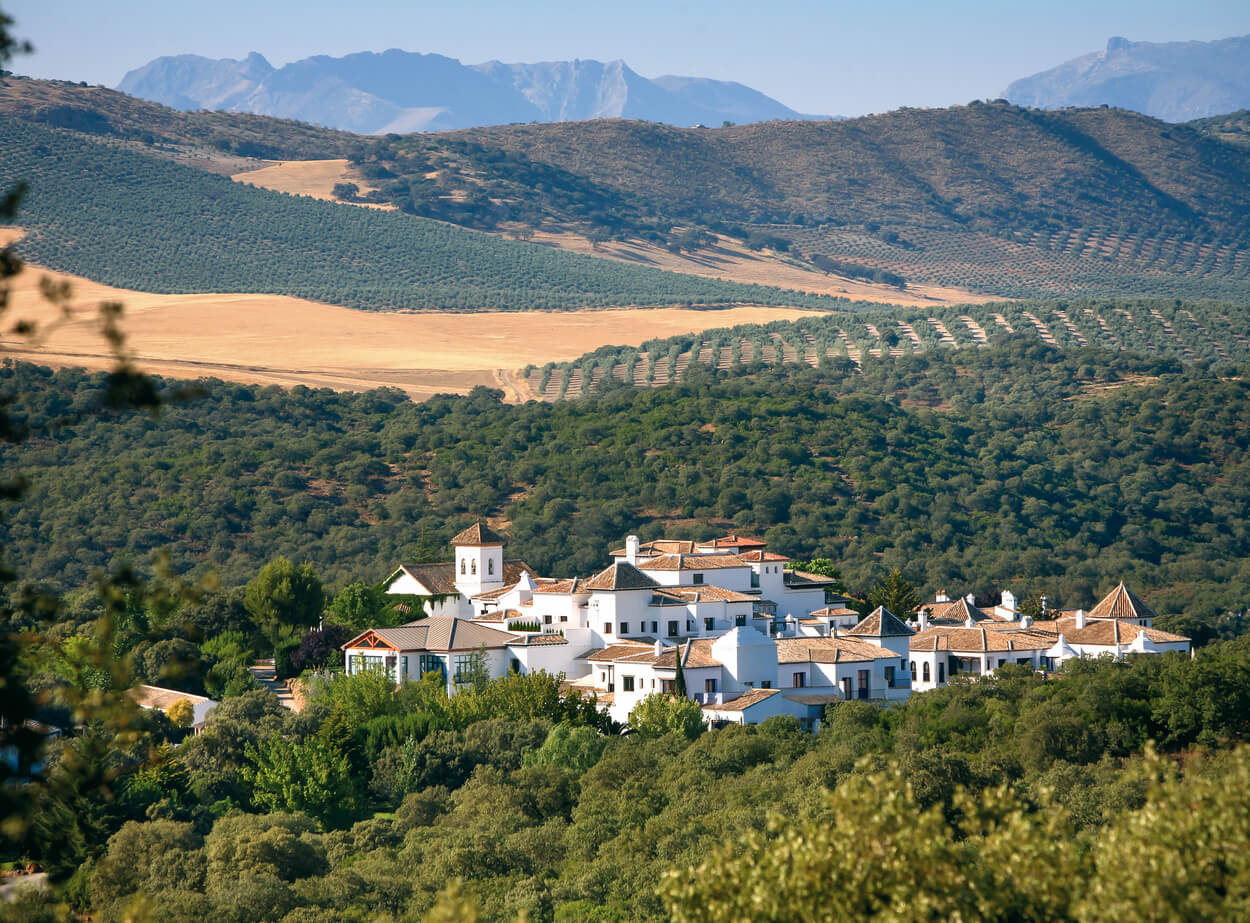
La Bobadilla, a Royal Hideaway Hotel is leading the way with its regenerative tourism efforts
2. Experience the socio-cultural impact of tourism in the Spanish Pyrenees
Skiing enthusiasts and nature lovers will jump at the chance to explore the breathtaking surroundings of the Spanish Pyrenees in Aragón. With panoramic views of the mountain range, the recently refurbished Canfranc Estación, a Royal Hideaway Hotel offers travellers an authentic way to experience the old-world splendour of the famous 1920s railway station that once connected Spain with France.
The building itself was declared an asset of cultural interest in 2002 and today, it is recognised as one of the best examples of regenerative tourism and hotel refurbishment in Spain
The building itself was declared an asset of cultural interest in 2002 and today, it is recognised as one of the best examples of regenerative tourism and hotel refurbishment in Spain. The interiors are inspired by the old-fashioned aesthetic of old trains and their emblematic long carriages. Aragon’s rich folklore echoes through the hotel’s soft furnishings with the mix of traditional local colours. And, the once bustling station is celebrated in the staff uniforms, locally made in colours that reflect the Aragon Valley, home to the ilex tree. Plus, the hotel’s strategic location, close to key skiing resorts and the Camino de Santiago trail, means that guests can embrace active tourism and practice self-care within a stunning natural landscape.
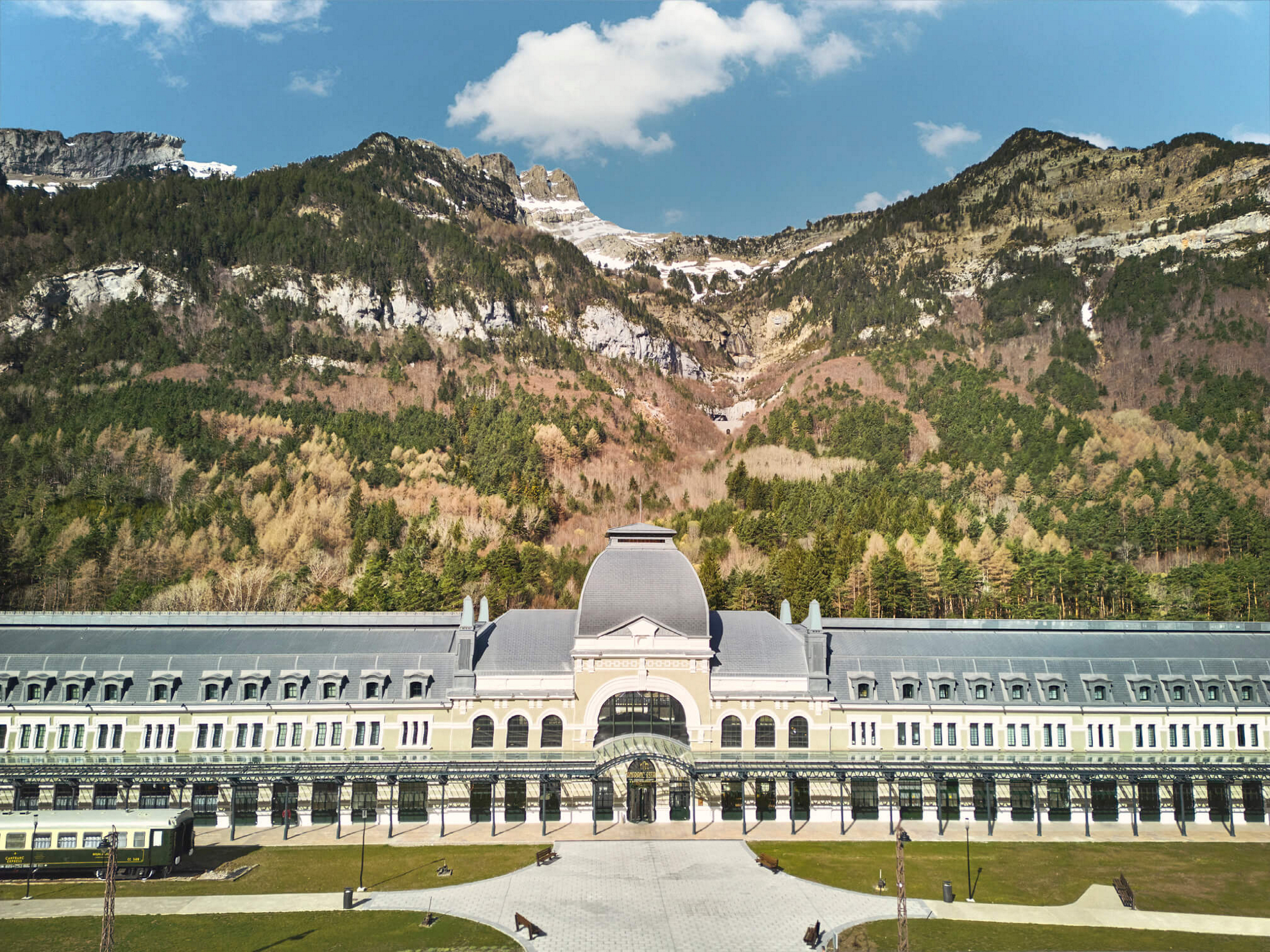
The Canfranc Estación, a Royal Hideaway Hotel celebrates Aragon’s culture at every turn
3. Uncover how the impacts of tourism have brought local customs and culture to life in Funchal
Madeira is home to impressive vistas and blossoming flora and fauna, yet it is its capital that has caught the eye of slow travellers. Funchal is not only an extremely walkable city but it has also been awarded a silver award by EarthCheck for its sustainable tourism efforts. Be right in the heart of the city and enjoy panoramic sea views at the Barceló Funchal Old Town, a newly refurbished hotel. The hotel’s exterior mirrors the style of the traditional, local architecture allowing it to blend in seamlessly with its surroundings.
Yet, guests are treated to a real display of local customs and culture once they step inside. The hotel’s lobby, made with locally sourced basalt rock, is a recreation of Madeira’s famous laurel forest. Archaeological finds dug up during the restoration of the hotel sit side by side with handcrafted wicker furnishings and embroidered headboards, both direct references to the local craft scene. Not only this, the Barceló Funchal Old Town is a prime example of the hotel chain’s dedication to regenerative tourism as the majority of the staff, including those in senior roles, are Funchal born and bred. At every turn, the hotel and Funchal itself surprise visitors with their long-standing commitment to supporting local culture and building a greener future.
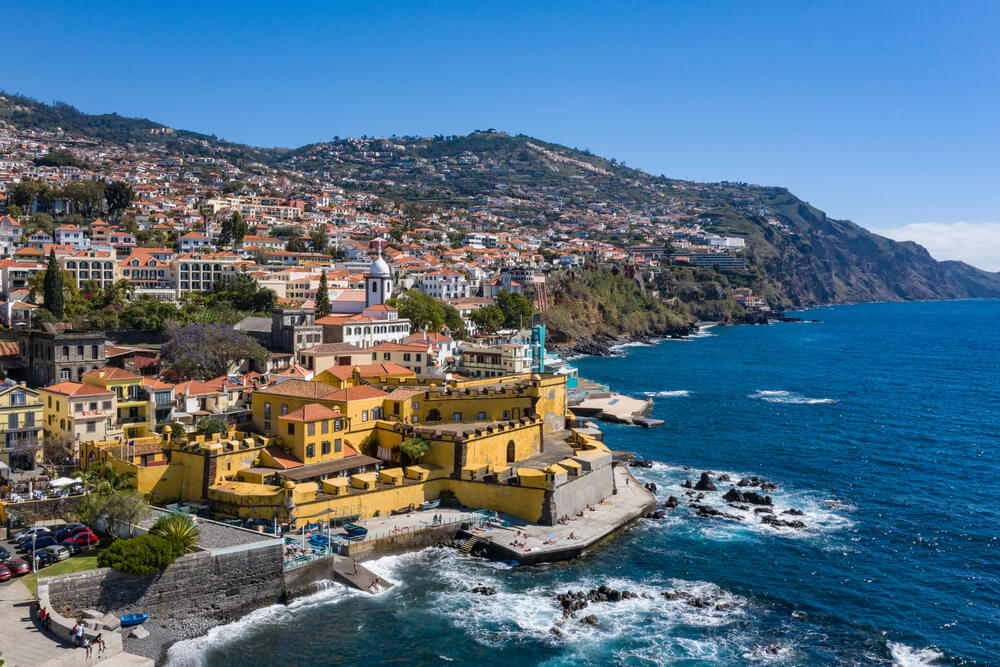
Funchal is a top destination for slow travel
4. See how the environmental impacts of tourism are being managed in the Maldives
In the Maldives, taking care of the environment and of yourself are one and the same. Bed down in one of the 30 exclusive water villas complete with a private outdoor terrace and enjoy a relaxing break at the Barceló Whale Lagoon Maldives. This resort is just a stone’s throw from the South Ari Marine Protected Area (SAMPA) home to coral reefs and impressive whale sharks. In-depth conservation work is carried out to ensure the turquoise waters and paper-white sand remain a natural paradise for all.
Instead of exploiting the area, the hotel has set up a dive centre which allows people to experience the beauty of the surroundings while learning about the role marine life plays in the Maldives. More so, the arrangements of water sports on offer are carefully chosen and monitored to ensure that zero to no harm is caused to the aquatic life of the atol. Of course, after a day of enjoying nature, the best way to relax is with a bit of self-care. Choose from poolside yoga, a refreshing dip, burning off steam in the fitness centre or indulging in a pamper session using only naturally sourced ingredients at the Mandara Spa.
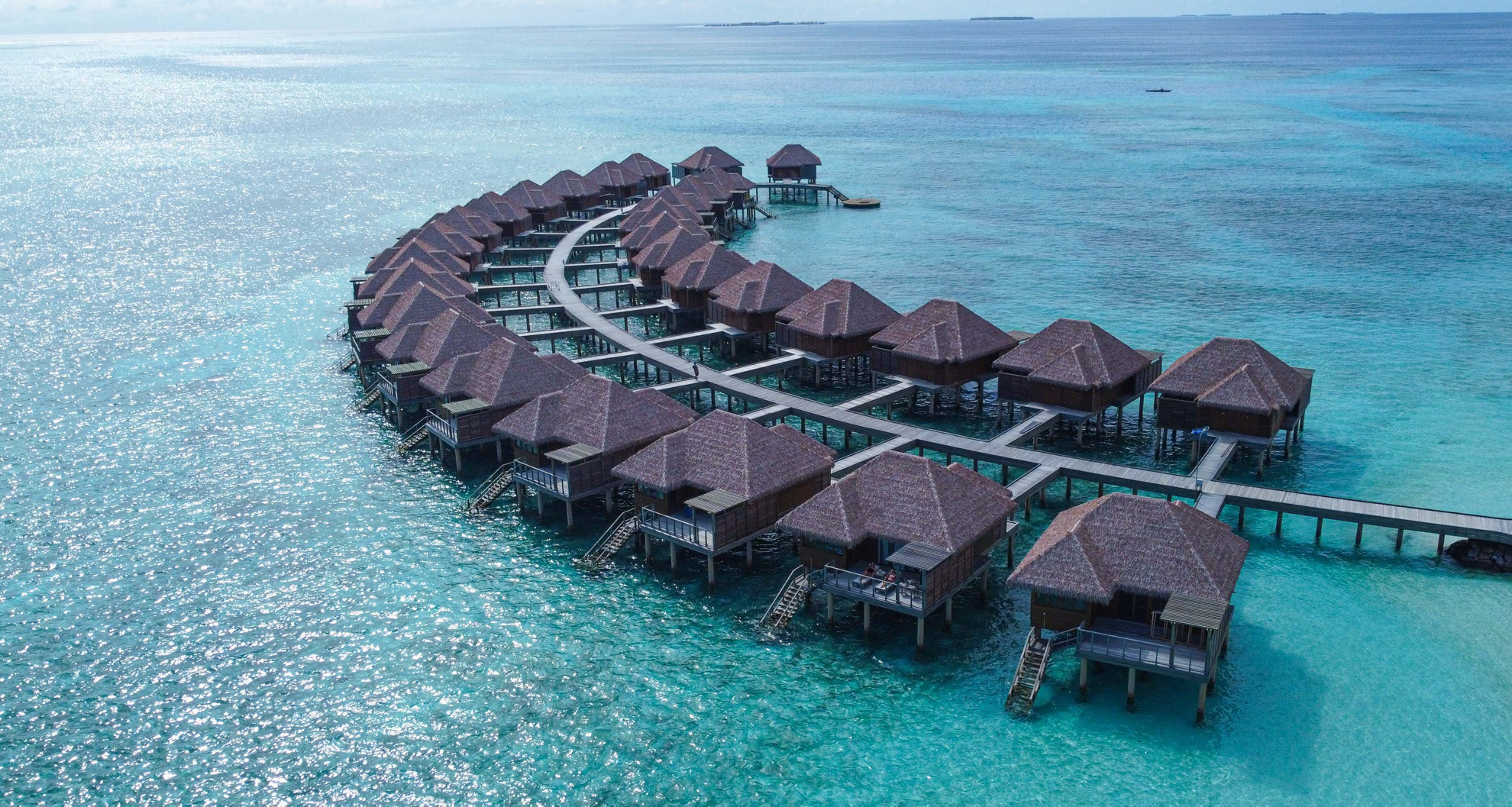
The Barceló Whale Lagoon Maldives villas are a great way to be at one with nature
5. Balance the positive and negative impacts of tourism on the environment in Cozumel, Mexico
Along the picturesque coastline of Cozumel hundreds of turtles use the soft, white sand as a nesting space. Yet, with mass tourism proving more of a threat for the different turtle species that call this stretch of sand their home, something has to be done to protect them. If you fancy giving back while on your travels, jet off to Mexico’s Yucatán shores and book a stay in Cozumel. Here both the Allegro and Occidental Cozumel hotels have come together to create the Tortuguero Committee which organises educational summer camps, beach clean-ups before nesting season begins, monitoring and conservation of the nests as well as providing information to guests about the work being carried out. Cleaning and making sure that the natural spaces are taken care of is a top regenerative tourism effort that connects guests with the environment as well as the local community.

Save turtles while enjoying a beach vacation in Cozumel
With each journey, you're not just exploring a destination but actively participating in its transformation. Your choices, your experiences and your commitment are the catalysts that propel the travel industry toward a more sustainable, enriching, and regenerative era. Choose the path that aligns with your values and aspirations, and embark on a travel experience that not only enriches your life but also leaves behind a legacy of positive change.


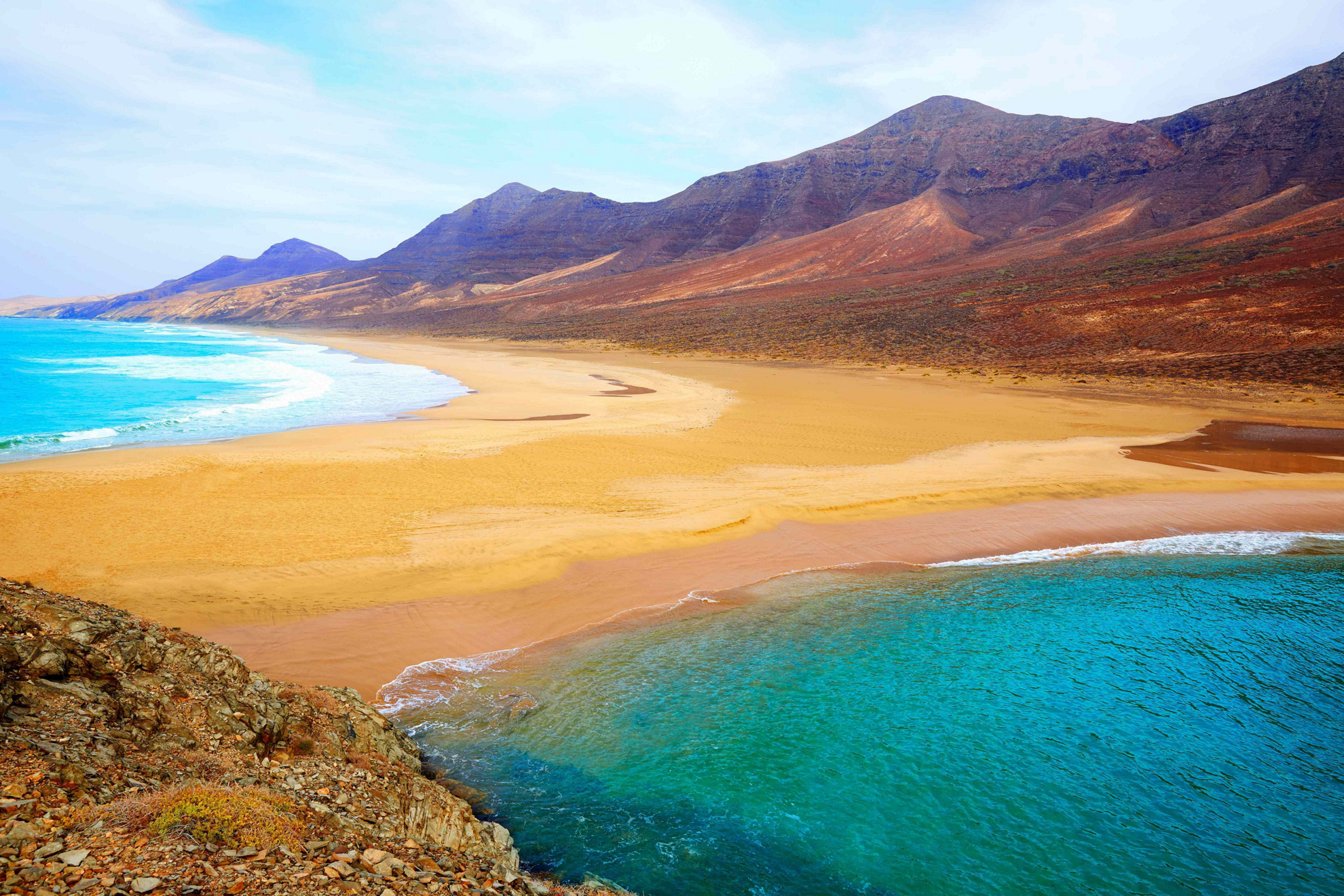



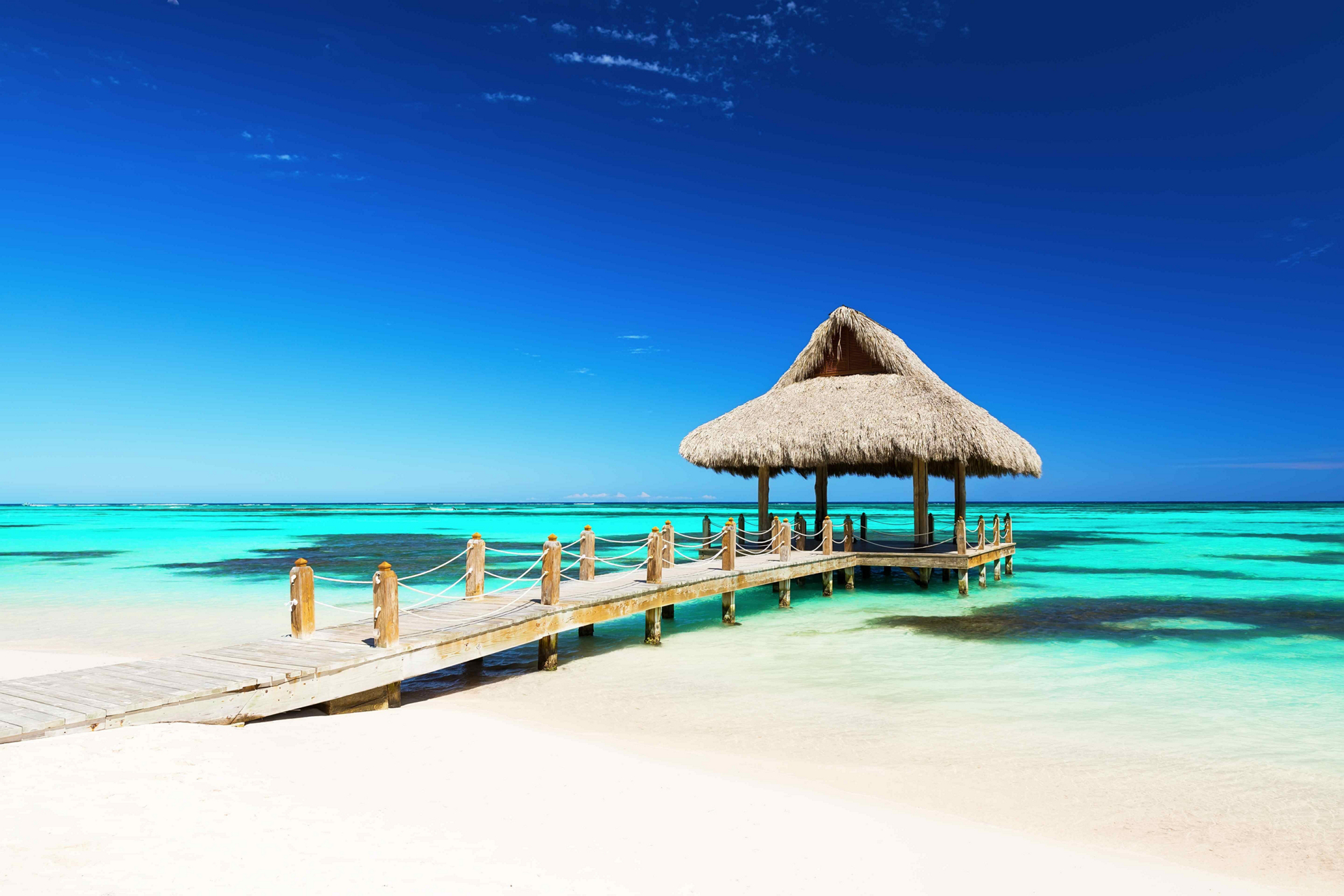

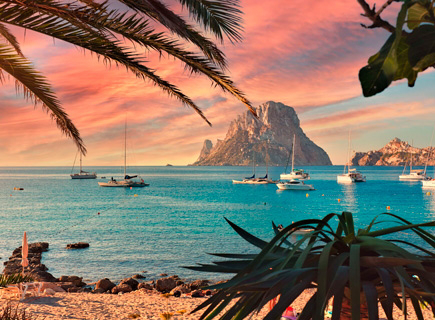
_435x320?&)
